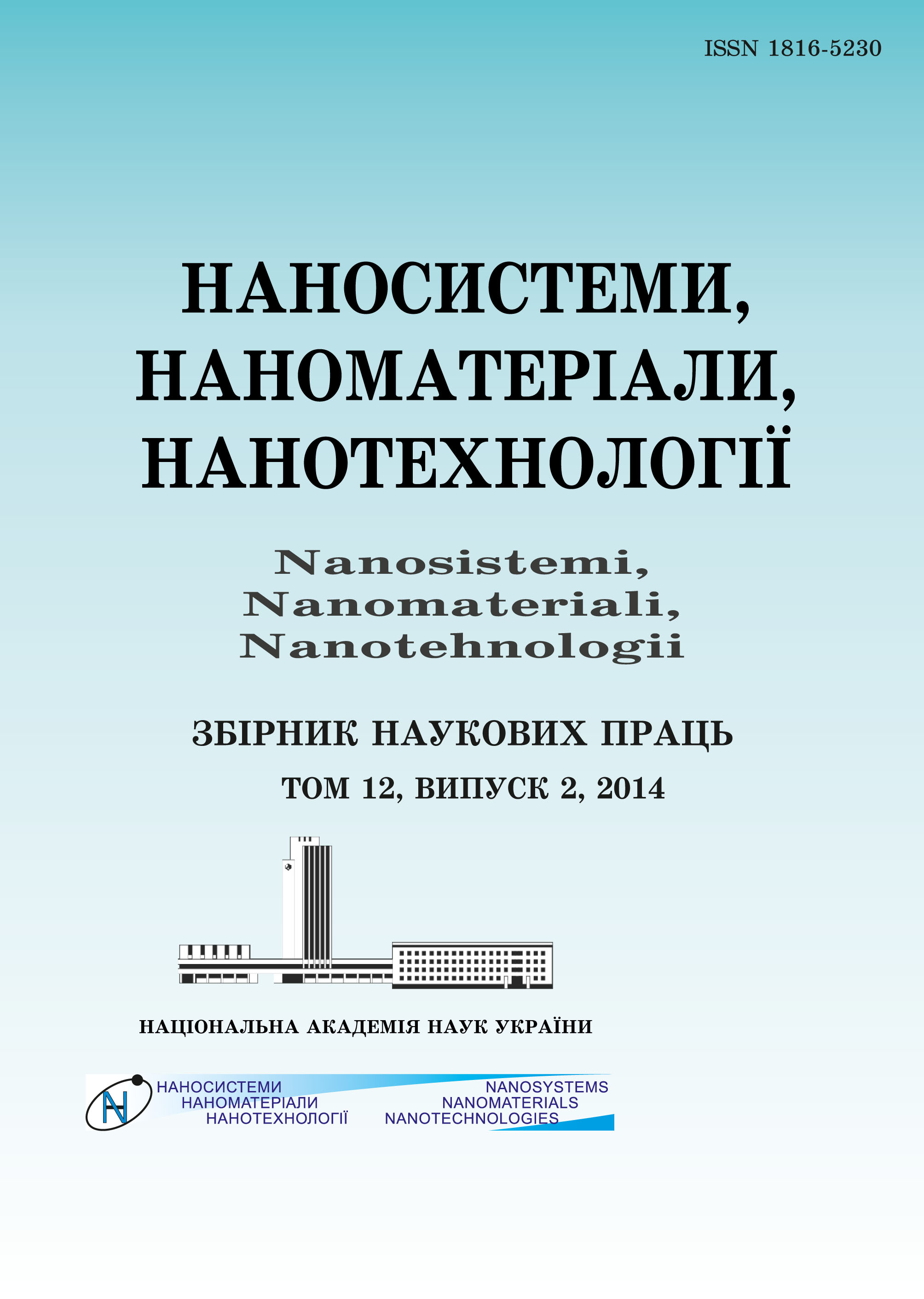|
|
|||||||||
 |
Year 2023 Volume 21, Issue 3 |
|
|||||||
|
|||||||||
Issues/2023/vol. 21 /Issue 3 |
Z. B. Ibraheem, M. M. Uonis, and M. A. Abed
Determination of Output Power of Si–CNT Solar Cell
575–582 (2023)
PACS numbers: 68.37.Hk,81.05.ub,81.15.Cd,81.15.Gh,84.60.Jt,88.40.hj,88.40.jj
Plasma-sputtering technique is used to deposit the carbon layers with different nanoscale thicknesses on the p-type silicon wafers. The scanning electron-microscope images show the grains’ size growth and aggregation in clusters. The electrical properties of the junction behave as a solar cell, and this gives the proof of formation of the carbon nanotubes (CNT). Both the out power and the efficiency of the Si–CNT cells increase with carbon-layer thickness and light intensity.
Key words: carbon nanotube, solar cells, p–n junction.
https://doi.org/10.15407/nnn.21.03.575
References
- Timothy D. Burchell, Carbon Materials for Advanced Technologies (The Boulevard–Langford Lane Kidlington–Oxford, UK: Elsevier Science Ltd 0x5 IGB: 1999).
- Andreas Hirsch, Nature Materials, 9: 868 (2010).
- T. Pradeep, Nano: The Essential, Understanding the Nanoscience and Nanotechnology (New Delhi: Tata McGraw-Hill Publishing Company Limited: 2007).
- Daniel Jay Hornbaker, Electronic Structure of Carbon Nanotube Systems Measured with Scanning Tunneling Microscopy (Ph.D. Thesis in Physics (Graduate College of the University of Illinois at Urbana-Champaign: 2003).
- Edward H. Wahl, Laser-Based Diagnostics of Diamond Synthesis Reactors (Report No. TSD-136, The U.S. Department of Energy Basic Energy Sciences) (Stanford, California: Stanford University: 2001).
- E. N. Ganesh, International Journal of Innovative Technology and Exploring Engineering (IJITEE), 2, Iss. 4: 311 (2013).
- E. N. Farabaugh, A. Feldman, and L. Robins, 2nd International Conference on the Now Diamond Science and Technology (Gaithersburg: National Institute of Standards and Technology, Ceramics Division: 1991), MD 20899.
- Jurg Furer, Growth of Single-Wall Carbon Nanotubes by Chemical Vapor Deposition for Electrical Devices (Ph.D. Thesis) (Philosophisch-Naturwissenschaftlichen, Universitat Basel: 2006).
- M. Daenen, R. D. de Fouw, B. Hamers, P. G. A. Janssen, K. Schouteden, M. A. J. Veld, The Wondrous World of Carbon Nanotubes. ‘A Review of Current Carbon Nanotube Technologies’ (Phillips NAT-lab–Eindhoven University of Technology: 2003).
- Andrea Szaby, Caterina Perri, Anita Csaty, Girolamo Giordano, Danilo Vuono, and Janos B. Nagy, Materials, 3: 3092 (2010); https://doi.org/10.3390/ma3053092
- Todd Steiner, Semiconductor Nanostructures for Optoelectronic Applications (Boston–London: Artech House Inc.: 2004).
- C. D. Scott, S. Arepalli, P. Nikolaev, and R. E. Smalley, Materials Science & Processing, Appl. Phys., A72: 573 (2001); https://doi.org/10.1007/s003390100761
- Muhammad Musaddique, Ali Rafique, and Javed Iqbal, Journal of Encapsulation and Adsorption Sciences, 1: 29 (2011); https://doi.org/10.4236/jeas.2011.12004
- Werner Kern, J. Electrochem. Soc., 137, No. 6: 1887 (1990); https://doi.org/10.1149/1.2086825
- Wet-Chemical Etching and Cleaning of Silicon (Virginia Semiconductor Inc.: 2003).
- Mohammad M. Uonis, Bassam M. Mustafa, and Anwar M. Ezzat, World Journal of Nano Science and Engineering, 4, No. 2: 90 (2014); doi:10.4236/wjnse.2014.42012
- Mohammad M. Uonis, Bassam M. Mustafa, and Anwar M. Ezzat, World Journal of Nano Science and Engineering, 4, No. 3: 105 (2014); doi:10.4236/wjnse.2014.43014
- M. S. Dresselhaus, G. Dresselhaus, and R. Saito, Carbon, 33, No. 7: 883 (1995); https://doi.org/10.1016/0008-6223(95)00017-8
 This article is licensed under the Creative Commons Attribution-NoDerivatives 4.0 International License ©2003—2023 NANOSISTEMI, NANOMATERIALI, NANOTEHNOLOGII G. V. Kurdyumov Institute for Metal Physics of the National Academy of Sciences of Ukraine. E-mail: tatar@imp.kiev.ua Phones and address of the editorial office About the collection User agreement |